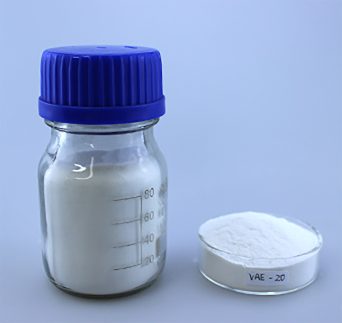
డిసెం . 29, 2024 13:14 Back to list
Viscosity Characteristics of Various HPMC Grades and Their Applications in Industry
Understanding HPMC Grades and Their Viscosity Characteristics
Hydroxypropyl Methylcellulose (HPMC) is a versatile cellulose ether that has garnered significant attention in various industries due to its unique properties and applications. Among the many attributes of HPMC, its viscosity characteristics stand out as a critical factor that influences its performance in formulations. This article delves into the different grades of HPMC and how viscosity plays a pivotal role in determining its suitability for various applications.
What is HPMC?
HPMC is a semi-synthetic polymer derived from cellulose, treated with methylene chloride and propylene oxide. The modifications in its structure lead to a range of functional properties, including solubility in hot or cold water, gel formation, and film-forming capabilities. These properties make HPMC an excellent choice for use in pharmaceuticals, food science, construction, and personal care products.
The Significance of Viscosity
Viscosity is a measure of a fluid’s resistance to deformation or flow. In the case of HPMC, viscosity is crucial because it influences the product's stability, texture, and performance in end-use applications. Different HPMC grades possess varying viscosity levels, which can be manipulated to achieve the desired consistency and performance characteristics in formulations.
Grades of HPMC and Their Viscosity Ranges
HPMC is typically categorized based on its methoxy and hydroxypropyl content, but viscosity is another essential criterion for classification. The viscosity of HPMC solutions is measured at specific concentrations (commonly around 2% w/v) and is often cited in centipoise (cP). Here are some common grades of HPMC and their respective viscosity ranges
1. Low Viscosity Grades (e.g., HPMC K4M) These grades exhibit a viscosity range of approximately 3,000 to 6,000 cP. They are often used in applications requiring quick disintegration, such as in the production of tablets where rapid drug release is essential.
2. Medium Viscosity Grades (e.g., HPMC K15M) With viscosity levels between 10,000 and 20,000 cP, these grades are versatile and are commonly used in various products, including emulsions, gels, and as thickening agents in food products.
3. High Viscosity Grades (e.g., HPMC K100M) High viscosity grades yield solutions with viscosities exceeding 100,000 cP. They are typically utilized in applications where a thicker, more stable mixture is required, such as in coatings, adhesives, and specific pharmaceutical formulations.
hpmc grades viscosity

Factors Affecting Viscosity
Several factors influence the viscosity of HPMC solutions
- Concentration As the concentration of HPMC increases, viscosity generally increases; higher concentrations lead to more pronounced interactions among polymer chains. - Temperature Viscosity is inversely related to temperature. As temperature rises, the movement of polymer chains increases, resulting in reduced viscosity.
- Ionic Strength The presence of salts or other ionic compounds can significantly affect HPMC viscosity by altering the interactions between polymer chains.
Applications of HPMC Based on Viscosity
Choosing the right grade of HPMC based on viscosity is essential for specific applications
- In Pharmaceuticals Low viscosity HPMC is often used in controlled-release formulations, while high viscosity grades are preferred in suspensions and emulsions where stability is critical.
- In Food Products HPMC serves as a thickening and stabilizing agent; medium viscosity grades are commonly used in sauces, dressings, and bakery products for improved texture.
- In Construction HPMC is utilized in tile adhesives and cement-based materials, where high viscosity grades provide better workability and improved adhesion properties.
Conclusion
The diversity of HPMC grades, combined with their distinct viscosity characteristics, makes them highly adaptable across various industries. Understanding the relationship between HPMC grade and viscosity is essential for formulators aiming to optimize their products’ performance. As research and development in HPMC continue to evolve, the potential for innovative applications grows, solidifying HPMC's status as a crucial component in modern formulations.
-
Unlocking the Benefits of HPMC Products: A Gateway to Versatile Applications
NewsAug.07,2025
-
Tile Bonding Cellulose: The Key to Superior Adhesion and Durability
NewsAug.07,2025
-
Hydroxypropyl Methylcellulose Powder: The Versatile Component in Modern Pharmaceuticals
NewsAug.07,2025
-
Hydroxyethyl Cellulose: The Versatile Solution for Various Industries
NewsAug.07,2025
-
Hydroxyethyl Cellulose (HEC): The Versatile Polymer for Various Applications
NewsAug.07,2025
-
The Ultimate Guide to Mortar Bonding Agent
NewsAug.06,2025







